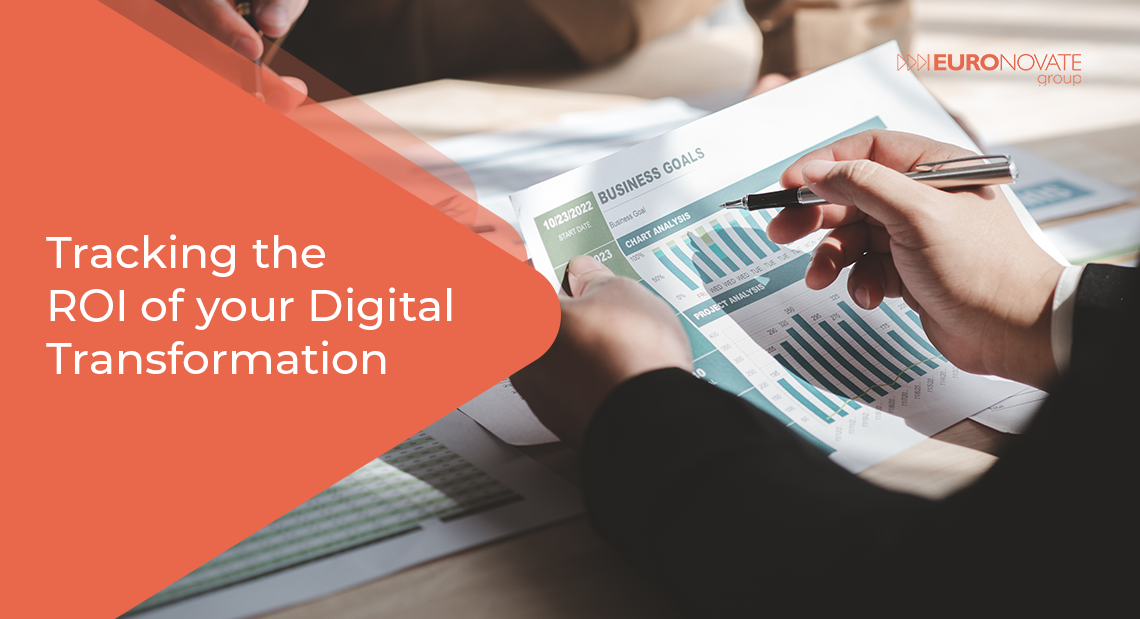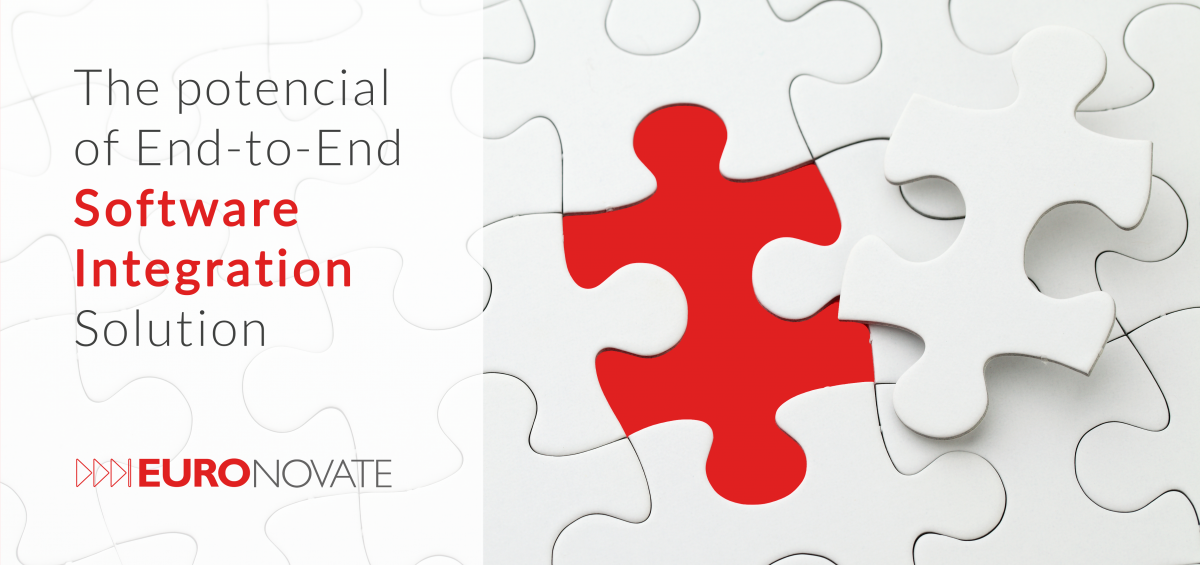The vertiginous digital transformation of those imposed mainly by changes in consumer behaviour and technological innovations. In recent times, this inertia has transferred the digital revolution to all industries, and as in any paradigm shift, threats they can also be opportunities to improve cost efficiency, customer experience and differentiation from competitors. The adoption and use of digital innovation it’s presumed as the key element that will establish the competitive advantages of each company. Here we present: ‘7 Digital trends for 2021 that affect all businesses’:
1. Acceleration of business activity through 5G
We have been hearing about the benefits of 5G for years now, but it wasn't until remote work, videoconferencing and digital collaboration became core parts of our lives this year that the need for reliable connectivity and more bandwidth became a real, concrete benefit that we could all wrap our heads around. Our reliance on phones, tablets, and other devices - including an ever-growing number of IoT sensors - highlights the need for the multi-lane superhighway that telecommunications companies already knew we would need.
Today, businesses cannot afford to be disconnected, and 5G deployments have become a vital part of the solution. As we collectively continue to work and manage school from our homes, the value of 5G will become increasingly mainstream in 2021. 5G implies immediacy in business, from the closing of a contract through its digital signature and the issuance of its attached digital certificates to the monitoring and generation of data in real-time.
2. Generating Hyper-Personalization from zero moment
Personalization has been a major focus of companies for the past five years, and for good reason. One study found that 80% of customers are more likely to buy products and services from brands that offer personalized experiences. Personalization is better for both customers and businesses. Customers get promotions and offer that are relevant to them.
Personalization goes beyond marketing and encompasses all the ways in which customers interact with the business. Companies are increasingly trying to capitalize on personalization to create more meaningful experiences for customers. And it begins with the Customer Onboarding process, the first interaction of customers with our business will be key to obtaining critical information that can be translated into business intelligence to respond to the specific needs of each customer. This focus is expected to continue into 2021, but with an even greater focus on connecting with customers in the digital spaces, they frequent.
3. Cybersecurity will be a trend again
In relation to the previous digital trend, we have cybersecurity. Hackers have exploited the coronavirus pandemic to expand their campaigns of attacks against businesses worldwide. A 238% rise in attacks on banks and a 600% increase in attacks on cloud servers were observed from January to April 2020 alone. With fewer employees working on-site on the same secure network, it is imperative that companies shore up their networks and upgrade their cybersecurity strategies, and expand them to home networks and mobile work-from-home devices. In a remote work scenario, reviewing all remote access systems to ensure critical security patches have been applied and secure configurations used should be mandatory for all companies.
Identify any vulnerabilities or settings using penetration testing or red gear. IT teams must integrate rapid and agile security testing into the implementation of new remote access systems. Secure settings should also apply to email, identity management, and conferencing systems used by remote workers, for example by disabling legacy authentication protocols. The identity access management, as well as the different security tools in the accesses, will be key to the future of the business activity.
4. Business relationships with customers must be Omnichannel
Business processes span everything from providing services to internal administration. Digital technology has been indispensable during the pandemic to enable businesses to survive. Among the several digital tools, the legally effective digital signature, without unnecessary face-to-face meetings, has enabled many businesses to keep operating during the weeks of lockdown. The omnichannel platform focuses on delivering an efficient and customized user experience across all channels and devices thanks to its integrated process.
What makes an omnichannel platform a better solution is that it is conceived for an end-user experience which should make user operations quick, easy, direct and more interactive. Customers will expect businesses to have a consistent voice across all platforms. Many companies have been working to achieve this in recent years. Customers will expect a consistent experience and will be frustrated if they are treated differently on one platform or another, as well as continue contributing their customer data or issues they face every time they communicate with your company through a different channel. The data must follow the customer wherever they go.
5. From IoT to IoE, data is consolidated progressively but with confidence
The Internet of Everything (IoE) is the intelligent connection of different components through the Internet, that is, physical devices, people, applications and data. It goes a step beyond the Internet of Things (IoT), which only connects machines. As in human interactions, intelligence is not enough to create bonds.
The benefits of IoT even expand into products and services. In the supply chain management space, businesses are leveraging these data sources in app development for smart inventory management, logistics, and merchandising. As of today, IoT applications are present in the manufacturing, automotive, agriculture, energy sector, logistics, and hospitality industries, to name a few.
Trust knows who and what you can trust. Trust is the foundation of any strong relationship. In the era of IoE, this saying is truer than ever, especially for companies and institutions. Businesses rely on digital identities to build trusted connections between people, enabling them to exchange sensitive information.and data.
6. Shielding privacy via Blockchain
This digital trend is a key pillar of the Fourth Industrial Revolution. Many possible uses are emerging, and they range from energy markets to digital identity, supply chain, health care, and financial services. The technology is especially effective in fighting corruption.
Over the years, the issue surrounding privacy continues to grow. Therefore, businesses perform strategies that encrypt data when outsourced vendors or partners utilize them. This safety net allows organizations to collaborate across regions without compromising security, data privacy, and confidentiality. Businesses must perform extra precautions before sharing, processing, and accessing any form of data.
7. A new dimension for cloud computing
A distributed cloud allows businesses to relay responsibilities and cloud services across different IT functions. Regardless of the location, business operations become manageable with the use of a public cloud provider. Analysts found that remote work arrangements and freelancing opportunities are here to stay even during post-pandemic. Not only it promotes convenience, but it can also streamline the workflow and deployment of the product.
With the help of a reliable cloud, organizations can withstand low-latency scenarios while reducing data costs. Simultaneously, distributed cloud accommodates laws that dictate data must remain in a specific geographical area. From SaaS applications and on-premise solutions to a mix of public and private clouds, hybrid cloud strategies help organizations strike the right balance for their unique cloud infrastructure needs.
Are you passionate about digital?
Do you want to stay up to date with our latest news and posts about Digital Transformation?
We are on Twitter and LinkedIn. Follow us!




